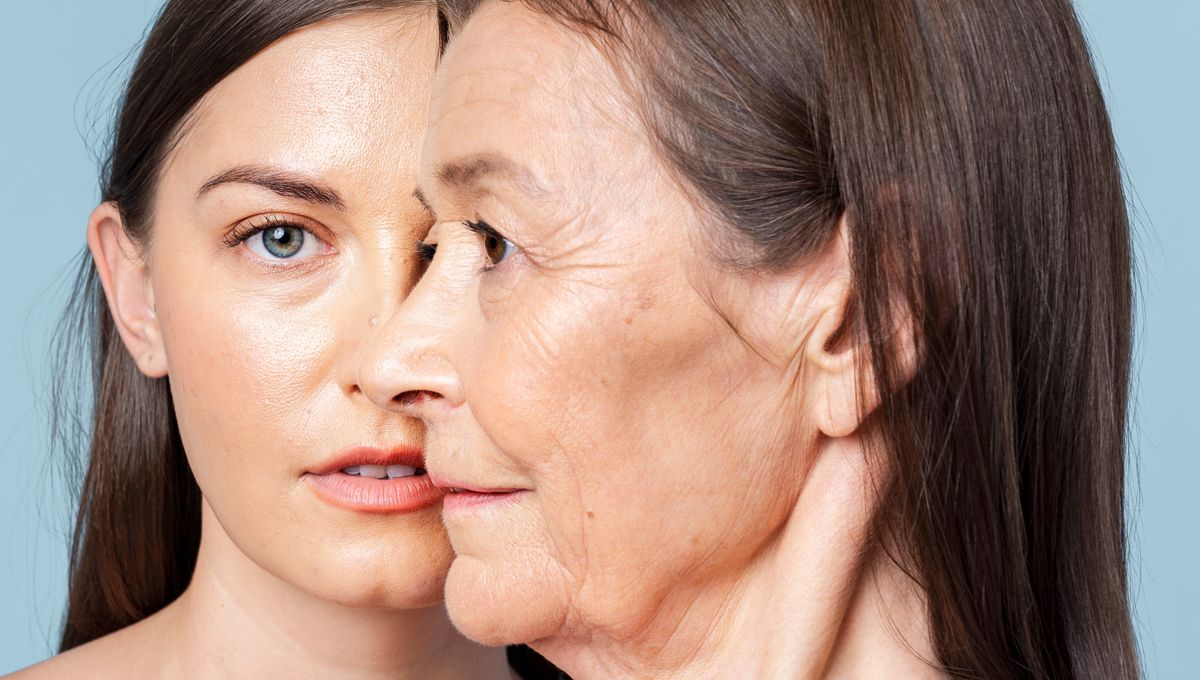
A new artificial intelligence (AI) tool capable of seamlessly aging or de-aging people in video footage has been developed by researchers at Disney Research Studios. Dubbed face re-aging network (FRAN), the tool will be capable of making actors look older or younger for movie scenes set in the future or past with minimal post-production fiddling.
Star Wars fans will remember how Princess Leia appeared at the end of the 2016 movie Rogue One, with Carrie Fisher being digitally recreated to look like herself in the original Star Wars trilogy when she was in her twenties. This cameo was brief for good reason. John Knoll, a visual effects supervisor on the film reportedly described it as “a super high-tech and labor-intensive version of doing makeup.”
This latest tool is capable of achieving this long-winded process in a fraction of the time.
Outlining FRAN in a new research paper, the team explains how the technology uses a neural network that’s been trained using thousands of images of fake human faces. Using this data, it will then project how a person’s face will likely change as they change, adding wrinkles, facial sagging, and changes in skin tone, and vice versa.
De-aging the image of a person’s face in a single frame is no big deal. Recent years have seen plenty of apps and filters that are capable of doing a reasonably good job at this. With FRAN, however, it’s able to smoothly edit video footage in seconds, all while maintaining vital visual factors like expressions, viewpoints, and lighting conditions.
The researchers released a few videos demonstrating the tool. In one of the most impressive feats, they even show an actor’s face can age in front of you, transitioning from young to old in a matter of seconds.
FRAN is still arguably not perfect, however. Some of the output footage does still look faintly like a video game character. Nevertheless, compared to other pre-existing tools, FRAN is able to de-age the face with notably fewer digital artifacts in the video while maintaining the identity of the individual.
The team is also aware of how this tool could be used for more nefarious ends, such as deep fakes. In their conclusion, they write: “It is designed with entertainment applications in mind, but it is important to acknowledge potential for misuse. While techniques for detecting altered images do exist, it is also important to broadly educate people about the dangers of image and video modification algorithms.”
Regardless of its shortcomings, the market for such a tool is clearly here. The researchers start their study by explaining “Photorealistic digital re-aging of faces in video is becoming increasingly common in entertainment and advertising”. Perhaps this a reflection of the recent up-tick of prequels, sequels, and reboots that require actors’ appearances to hop backwards and forwards in time.
Source Link: New AI Tool Can Smoothly De-Age Actors' Faces For Movies In Seconds